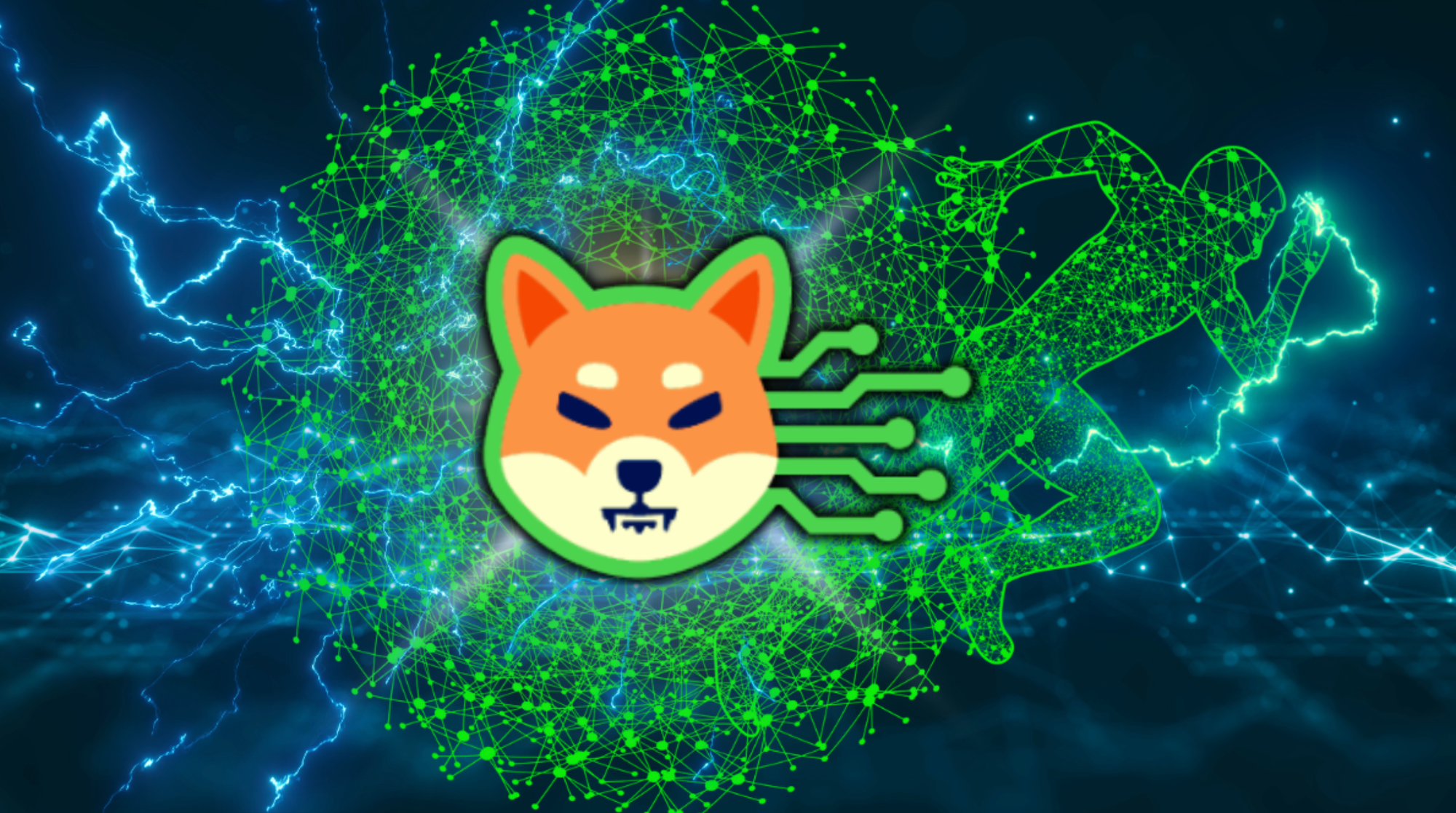0x12…qrst

On the periphery of crypto’s grand stage, where Bitcoin and Ethereum dominate the limelight, a silent revolution is unfolding. Shibarium, the Layer-2 network powering the Shiba Inu ecosystem, has quietly passed an astonishing milestone: 10 million blocks and nearly a billion transactions. In the fast-evolving landscape of blockchain, this is no minor feat — it is a testament to endurance, growth, and a defiant push against the limitations of legacy chains.
In the grand sweep of blockchain history, 10 million blocks is a marker of resilience. It signifies a network not only surviving but thriving, gaining traction among developers, projects, and users. For a chain often dismissed as the playful experiment of a meme-born economy, this achievement demands reconsideration. It raises a fundamental question: Is Shibarium on the verge of becoming a mainstream blockchain contender?
Every blockchain tells a story, and block height is one of its oldest metrics. It reflects continuity, reliability, and adoption. With 10 million blocks minted, Shibarium now joins an exclusive club of networks that have demonstrated sustained activity beyond their launch hype.
For comparison, Ethereum’s blockchain took nearly three years to reach its 10 millionth block; Shibarium, leveraging faster block times, has reached this point in a fraction of the time. Its average block time of 5.02 seconds keeps transactions swift, a crucial factor in a crypto market where speed often dictates utility.
But the significance goes beyond numbers. A growing blockchain means a growing user base, a sign that developers and projects are choosing Shibarium as their settlement layer. It suggests real economic activity, with contracts deployed, tokens issued, and transactions executed at scale. The more blocks a network adds, the more difficult it is to dismiss its credibility.
“Shibarium’s 10 million block milestone is a powerful validation of our network’s stability and growth. We’re building a scalable, efficient platform for the future, and this is just the beginning,” Shibarium Engineering Manager John Doe told The Shib.
Shiba Inu’s origins are no secret — it was born in the fires of meme mania, a dog-themed answer to Dogecoin’s cult-like following. But the aspirations behind Shibarium signal a deeper shift. This is not just about creating another playground for speculative tokens; it’s about establishing an independent financial layer, free from Ethereum’s high fees and congestion.
As decentralized finance (DeFi) matures, networks that can offer cheap, fast, and secure transactions will hold the advantage. Shibarium is positioning itself within this race, with developers increasingly exploring use cases in gaming, NFTs, and DeFi protocols. The question is whether these efforts will translate into sustained user adoption beyond the Shiba Inu community.
Numbers offer a snapshot of where Shibarium stands today:
These figures show an ecosystem not just active but accelerating. Over 1.9 million transactions in the last 24 hours suggest strong demand, while the sheer number of unique addresses — 175 million — indicates broad participation.
As Shibarium crosses the 10 million-block threshold, the next frontier is clear: sustained utility. The coming months will determine whether the network can attract long-term developers, establish killer applications, and grow beyond the initial enthusiasm of the Shiba Inu community.
There’s a thin line between hype and genuine disruption. Shibarium, at this moment, stands at that precipice. It has the numbers, the momentum, and the infrastructure.
For now, it marches forward — 10 million blocks strong and counting.